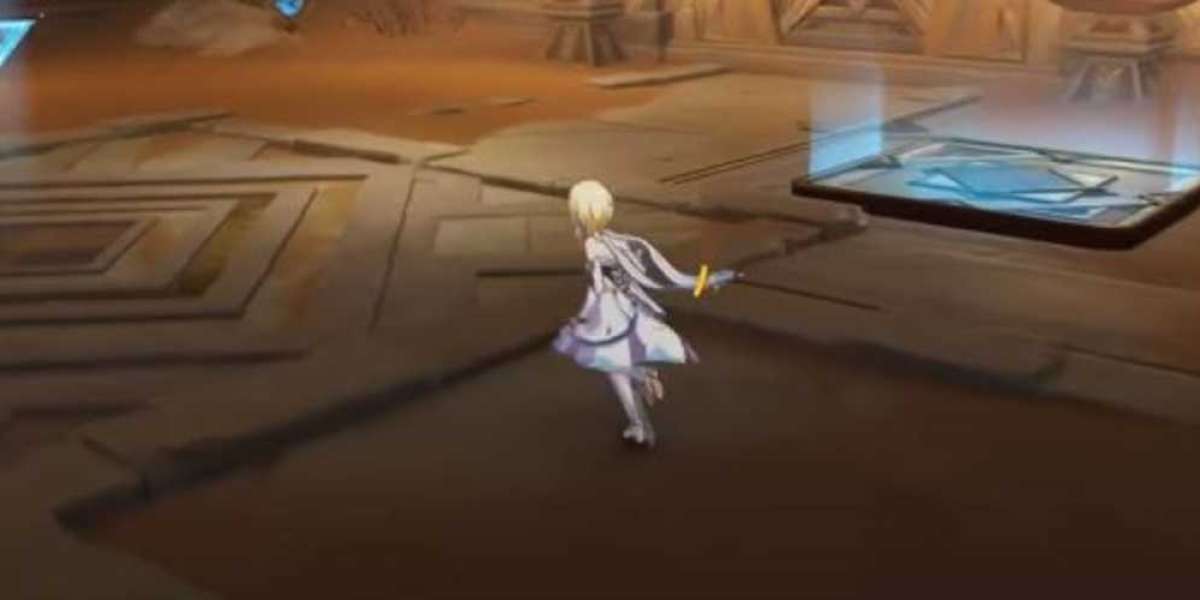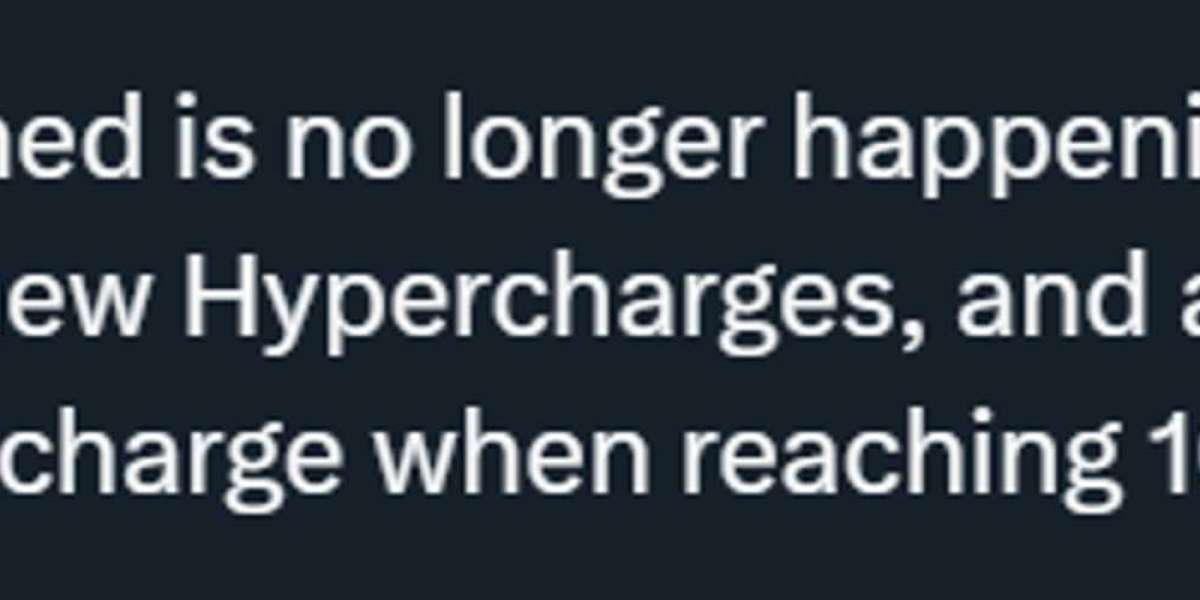Introduction:
In September 2014, the city of Hong Kong became the epicenter of one of the largest pro-democracy movements in its history. Tens of thousands of passionate protesters took to the streets demanding universal suffrage and greater political freedoms. Known as the Umbrella Movement, named after the widespread use of umbrellas to shield themselves from tear gas and pepper spray, this event captivated the world and ignited a fierce debate about the future of democracy in Hong Kong. This paragraph will delve into the timeline and key aspects of the movement, shedding light on the intensity and significance of the protests that rocked the city.
Body:
The discontent leading up to the Hong Kong protests of 2014 can be traced back to a decision made by the Chinese government regarding the region's upcoming Chief Executive elections. Beijing's introduction of a restrictive framework, which allowed only vetted candidates to run for office, sparked outrage among Hong Kong residents who felt this undermined the democratic ideals they fought to uphold. This decision served as the catalyst that brought together various pro-democracy groups and ignited widespread demonstrations.
On September 26, 2014, the protests reached their crescendo as thousands of demonstrators blocked major thoroughfares in the Admiralty, Causeway Bay, and Mong Kok districts. Students boycotted classes and joined the movement, advocating for their right to choose their leaders freely. The protesters called for the resignation of Chief Executive Leung Chun-ying, who was seen as a puppet of the Chinese government. They demanded true universal suffrage, a right promised to Hong Kong under the "one country, two systems" principle governing its relationship with mainland China.
The Umbrella Movement demonstrated remarkable unity among demonstrators through their emphasis on peaceful resistance, employing their namesake as both a symbolic and practical tool. Umbrellas were used to defend against pepper spray and tear gas deployed by the police, becoming a powerful visual representation of the movement's resilience and determination to safeguard their democratic aspirations. Large-scale, organized sit-ins, or "occupied zones," also took place, with protesters reclaiming public spaces for weeks, determined not to back down until their demands were met.
The movement garnered significant international attention, with the sheer number and passion of the Hong Kong protesters inspiring solidarity demonstrations across the globe. People worldwide expressed their support through social media campaigns, while governments and human rights organizations condemned the use of excessive force by the Hong Kong police. Yet, despite the public outcry and calls for democracy, the Chinese government remained unmoved in its stance, refusing to grant the fully democratic election Hongkongers desired.
Conclusion:
The 2014 Hong Kong protests had a profound impact on the city's political landscape. Although the Umbrella Movement did not achieve its immediate objectives, it succeeded in highlighting the deep-rooted desire of Hong Kong's citizens for genuine democracy. The determination and resilience displayed by the protesters demonstrated the strength of their convictions and brought attention to the complex relationship between Hong Kong and mainland China. Even today, the echoes of the 2014 protests can still be felt in ongoing debates about the future of this vibrant city.
Reprinted:The Hong Kong Protests of 2014








